
https://www.youtube.com/watch?v=1atmlLpxD-g
Injecting the Frontalis _ Botox Injection Points & Safety Advice
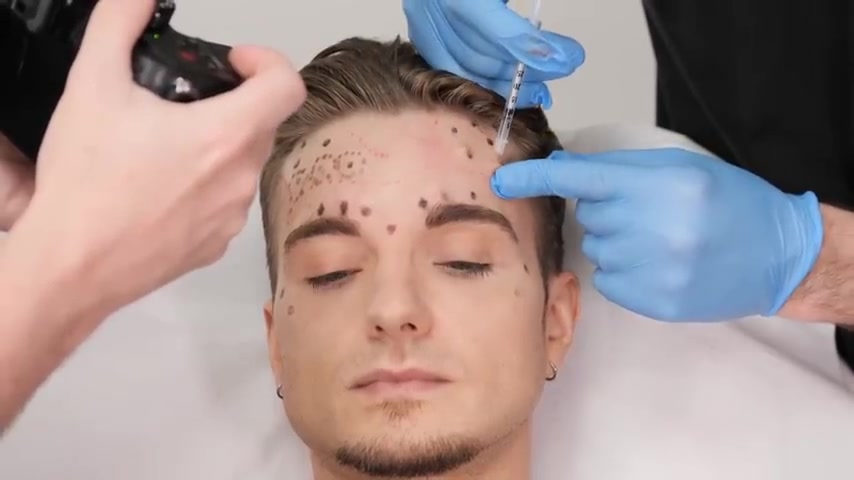
on this show we're going to talk about the frontalis .
when it comes to botulinum toxin i think it's actually one of the harder areas to treat in the upper face and there's a number of reasons for that and in this show i'm going to talk about the things that i use to make clinical decisions , the concepts that help me become clear on what to do and when when not to treat and when i can treat with with some confidence .
so why is the frontalis harder than other areas ?
if you think about it , it's one of the few areas where we're constantly trying to balance relaxed and unrelaxed muscle .
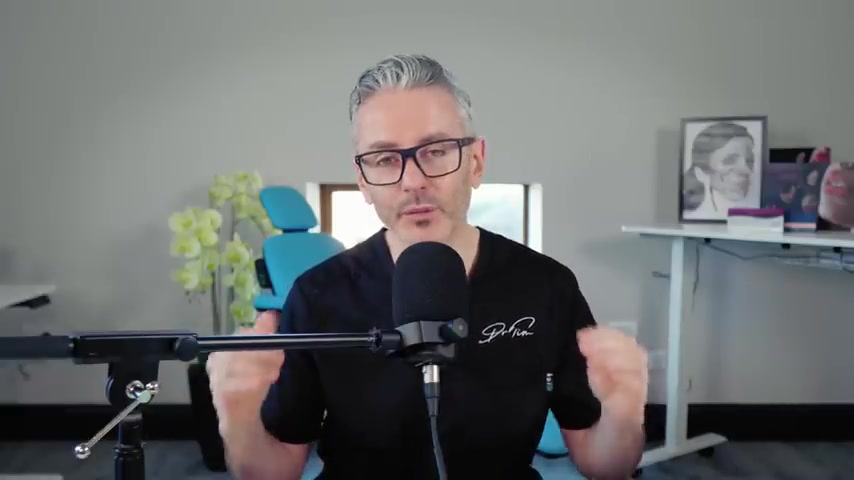
this is the biggest thing about it is that we need to leave the lower area the frontalis active and in females more active if you want a lifting eyebrow and the upper area needs to be treated so that we get some result so there's actually a constant balancing act going on and if you treat it too heavily in the middle and too little at the sides you get a spot brow if you treat it too heavily all the way across you get a heaviness to the whole way across the brow you can drop eyebrows very easily you can also undertreat and get weird movements and spasms and things that an eyebrow asymmetries in particular are a nightmare for new injectors when you have a lift to the eyebrow and one just lifts half a centimeter more which is only a small difference in your injection technique , but it all boils down to the same problem , which is that we're semi relaxing the muscle and we're in a constant balancing act .
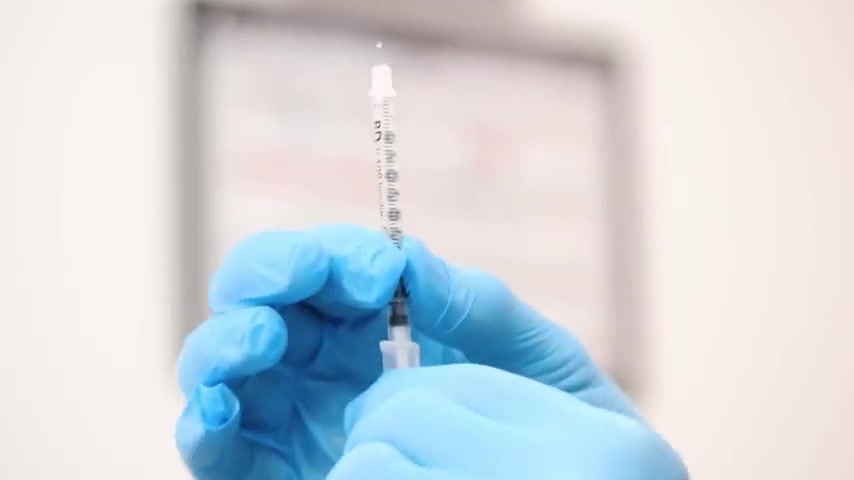
so accuracy is important , understanding your boundaries are important and knowing exactly how much botox you can inject in different types of patients to get an aesthetic result .
biggest difference is probably with men and women because we can inject different patterns because in men we are not worried about the inability to move eyebrows quite as much as you are in females .
so let's do a brief recap on the anatomy .
so the frontalis muscle is sometimes connected all the way back to your occiput and called the occipito-frontalis muscle .
and you'll occasionally have people who when they raise their eyebrows , you can see their scalp move as well .
i think most people will find there are enough adhesions that it moves separately to the scalp .
but it's just interesting to know that it is all one structure that arcs over the , over the back of your head .
it just has connections onto the bone .
i think changes the movement that you see that can be relevant in certain patients , though i think it's a minority in terms of layers in this area , it's relatively simple because we don't have a lot of other muscles going on like we do in other parts of the face .

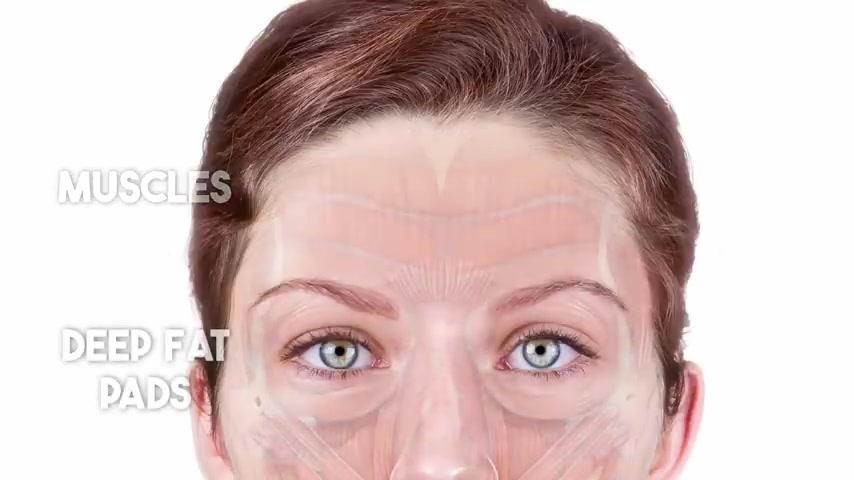
you have skin , a little bit of hypodermic fat , the fascia , then the muscle , then the loose areola tissue underneath the muscle .
and in some textbooks and papers they talk about the deep frontal fat pads , although it isn't in all the textbooks .
and sometimes it's the changing fat pads that are compounding the effect of the muscle and the loss of support which causes a descent of eyebrows .
sometimes it can also cause an elevation of eyebrows .
so you don't always get eyebrow drops as you get older .
some people's eyebrows get more dynamic and lift more easily because of the changing fat pads .
so what about variations between frontalis muscles ?
now there's actually wide variation between different people's foreheads .
you get variations both within the different sexes but also between the sexes .
characteristically , male foreheads are bigger and they have stronger muscles .
and in particular , the lateral aspect of the frontalis often goes much higher up towards the scalp or even into the hairline .
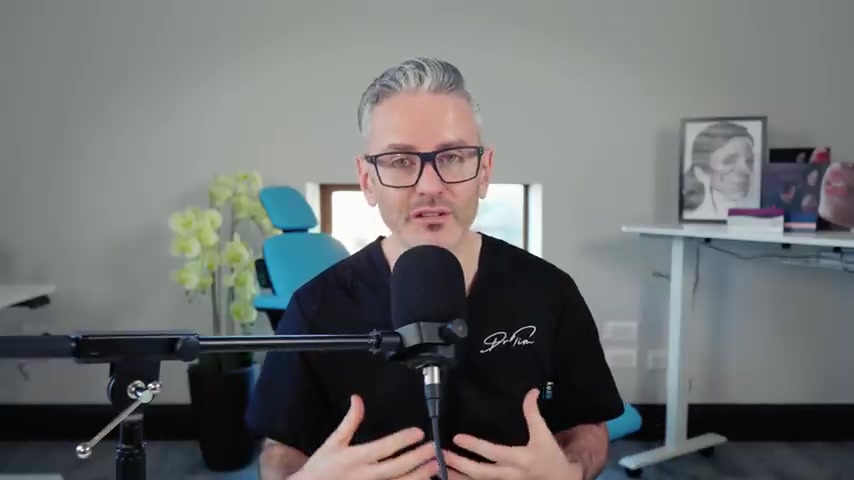
now this becomes an issue if you are , like most of us , we're very used to treating female faces .
and i certainly remember when i first started injecting being caught out with a couple of my male patients because i would inject them , at least in the midsection , more like a female .
so i wouldn't have elevated their eyebrows , but i'd forget about the muscle going on up here in the hairline and then they'd come back with strange little extra lines or horns they would sometimes be called .
and this is just because we're too used to focusing on the midsection , which is more common in females .
and we forget about higher up with the men .
in fact i've got two examples here with lovely daila and daila ?
dave and layla ?
together we call them daila .
let's just have a look at dailer .
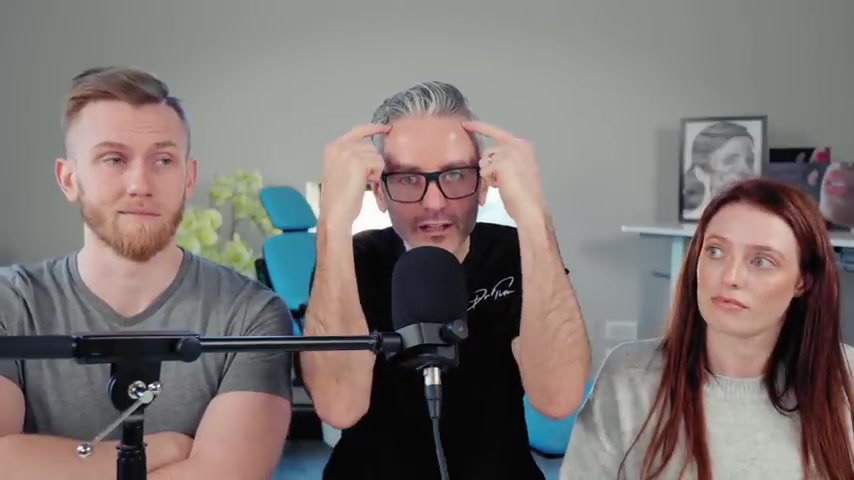
so just observe the difference in this total length of the frontalis muscle for dave compared with layla if you raise eyebrows up so her activity is to here and here whereas if you look at if i place the same area for dave you'd find that missing out almost a third of his muscle which is active all the way up here into the scalp and that's the classic difference between male and female and why so many men after their first botox treatment have little active horns higher up in their foreheads and it's because we're too used to treating females which across the world are 90% of aesthetic patients .
and what about forehead size ?
what do you do when you have these wide variations between patients ?

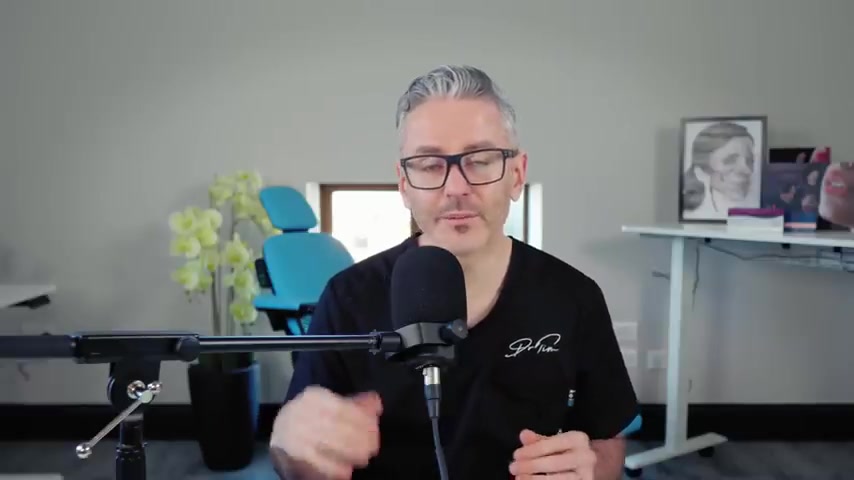
now i've seen patients on my books where a male having treatment in his frontalis had probably the equivalent of about two or three areas just in his frontalis and this is one of the things that gets injectors caught up which is if depending on your pricing model i know in the states that tend to charge more often per unit which gets you out of this predicament but if you're in the uk you can find yourself doing a three area treatment that's effectively using six areas to get the right result and this can be very costly .
so you need to have had this discussion with your patients before you're in the situation .
so what i took to doing is saying that if i used more than 20 units it would become a second area and that just made sure that it was actually possible to actually make it worth treating the patients because for a while i was actually making a loss with treatments because i wasn't sure about how to price it .
be aware that the variety is huge , you can definitely use huge doses in some , i mean it's 1% but they can be three times what a typical forward would be .
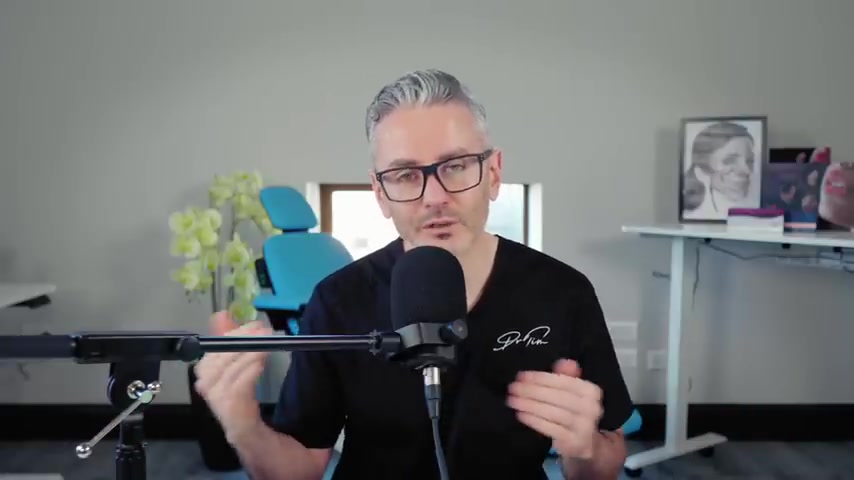
men definitely do use more but not all men and this is another thing that i shifted away from .
i used to sometimes charge different amounts for men but there were some men who just didn't need as much botox .
so then i ended up charging them the female price and then it's all just all just confusing .
so i started to make it more about units and have a cap of units .
there's definitely difference .
i'd say typically i use about 12 units which is on the low end .
most of the licensed doses for foreheads for both men and women are now around 20 units .
i don't find that necessary to use that much in most of my patients but i will use much more than that in a subset .
if i was to pick a number i'd say about 20 units for men , about 12 units for women is quite common but please remember there's a wide variety around that .
to give you an idea of the variety i remember causing a brow drop with someone who only had four units and i've also needed to top up patients who've had 30 or 40 units .
so you do need to pay attention to the strength of the muscle and the area that's being treated .
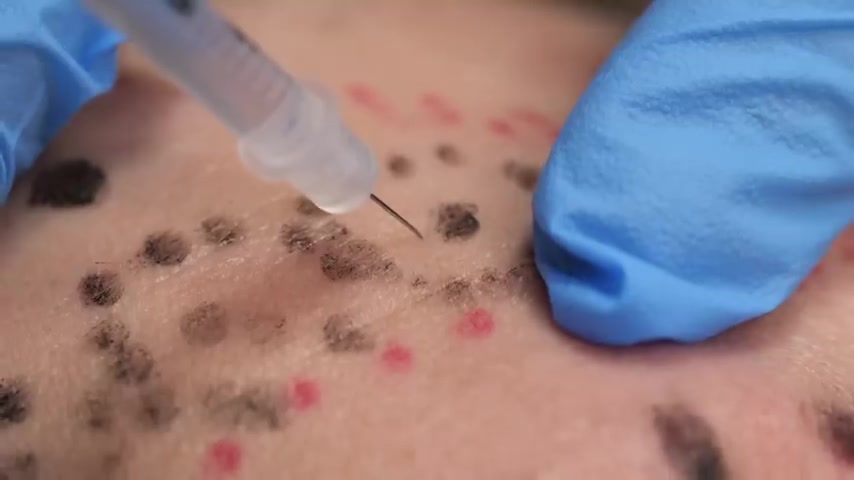
each injection is usually between one and four units depending on the dose that you're following .
so if you're using the licensed dose they use four units quite often or two units with boca tura zirmin and if you are then treating a much wider area , you still have the same issue with spread .
how far does it actually spread from each injection point ?
it's probably one to two centimeters .
and so if you have a wider area that needs treating , you're also gonna need a higher dose .
but the good news is you can map all this out before you start .
you pick your desired concentration and dose for each injection points and then you have a look at the area that needs to be treated and you should be able to predict before you start exactly how many how many units you need and then you can negotiate with your patient depending on their budget and price and your pricing model how you decide to do it .
i would say though , make sure if you're unsure to do less than you think and follow up .
and this is where it really helps to take a picture of your injection points so that you can then reflect back when your patient comes back and see literally exactly what each injection point actually did .

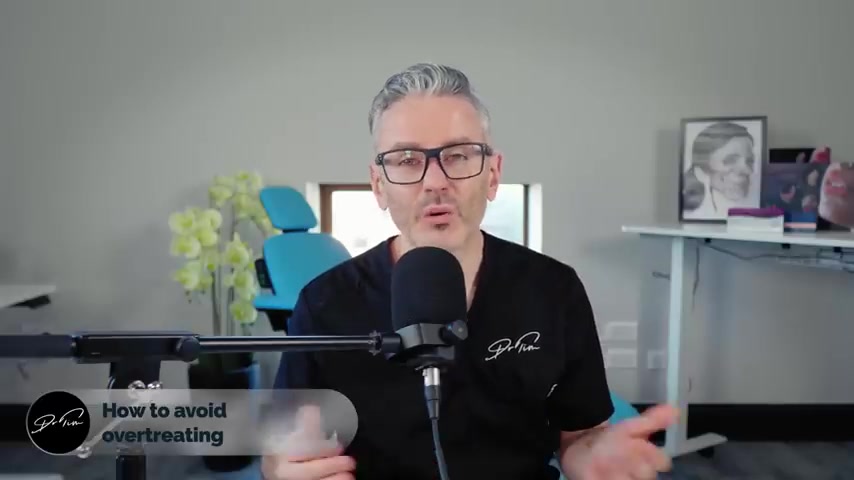
and you will speed up your learning cycle much faster than just treating and looking at it before and after without the injection points , because it becomes harder to know exactly what you've done and to relate that to the result that you actually get .
so in terms of avoiding over-treatment , start with a lower dose .
i quite often use one units in females and learn about that individual patient , prepare them that it's a learning journey and that they may need a follow-up , then make good notes so that the next time they come , you can do it all in one shot .
and that's the safest way to go forward is not to think about it as a correct and an incorrect injection pattern , but instead a journey where you and the patient learn how they respond and how then you can do it in one go .
so the journey concept is a very useful way of getting patients to the right place with a lower risk overall of the unpleasant side effects that you can't treat .
because remember once it's in , if it's over treated , you're stuck for four months , whereas if it's under treated you can adjust it .
and that's always been my way of handling all the variety of different foreheads that you're likely to see .
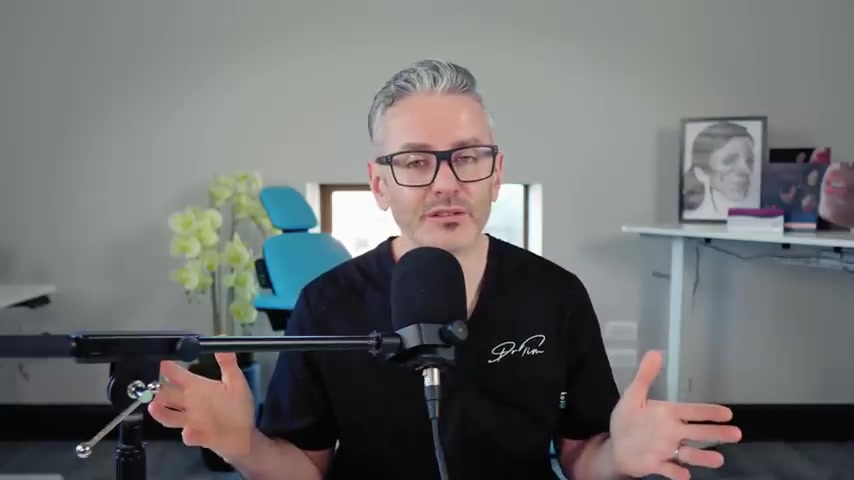
so i hope that's helped you understand the frontalis muscle and all the different varieties we need to treat and given you a better way of managing all those different patients .
let me know what you think in the comments down below and i'll see you next week .
thanks for watching !
Are you looking for a way to reach a wider audience and get more views on your videos?
Our innovative video to text transcribing service can help you do just that.
We provide accurate transcriptions of your videos along with visual content that will help you attract new viewers and keep them engaged. Plus, our data analytics and ad campaign tools can help you monetize your content and maximize your revenue.
Let's partner up and take your video content to the next level!
Contact us today to learn more.